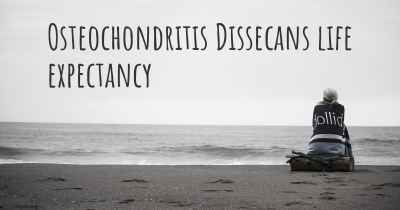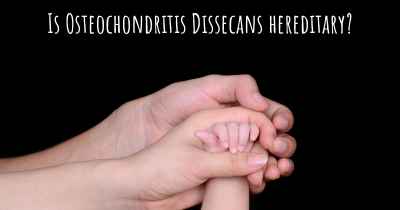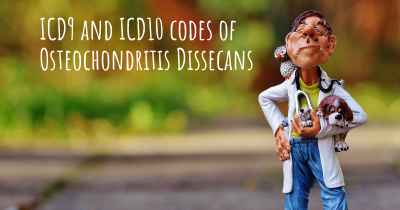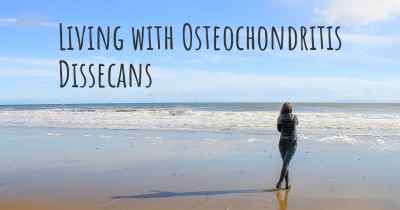How do I know if I have Osteochondritis Dissecans?
What signs or symptoms may make you suspect you may have Osteochondritis Dissecans. People who have experience in Osteochondritis Dissecans offer advice of what things may make you suspicious and which doctor you should go to to receive treatment
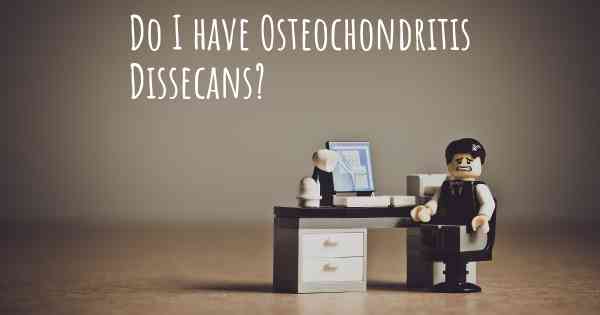
Osteochondritis Dissecans (OCD) is a condition that affects the joints, particularly the knee, ankle, and elbow. It occurs when a small piece of bone and cartilage separates from the joint surface, leading to pain, swelling, and limited joint movement. If you suspect you may have OCD, there are several signs and symptoms to look out for:
1. Joint Pain:
Persistent pain in the affected joint is a common symptom of OCD. The pain may worsen with physical activity or weight-bearing exercises.
2. Swelling and Joint Effusion:
Swelling around the joint, often accompanied by joint effusion (excess fluid in the joint), can be indicative of OCD. The affected joint may appear larger than usual and feel warm to the touch.
3. Joint Stiffness:
OCD can cause joint stiffness, making it difficult to fully bend or straighten the affected joint. This stiffness may be more noticeable after periods of rest or in the morning.
4. Clicking or Locking Sensation:
Some individuals with OCD may experience a clicking or locking sensation in the affected joint. This occurs when loose bone or cartilage fragments interfere with joint movement.
5. Limited Range of Motion:
If you notice a reduced range of motion in the joint, such as difficulty fully extending or flexing it, it could be a sign of OCD.
6. Weakness or Instability:
OCD can lead to muscle weakness around the affected joint, causing instability and a feeling of giving way.
If you experience any of these symptoms, it is important to consult with a healthcare professional for an accurate diagnosis. They will likely perform a physical examination, review your medical history, and may order imaging tests such as X-rays, MRI, or CT scans to confirm the presence of OCD.
Early diagnosis and treatment of OCD are crucial to prevent further joint damage and improve long-term outcomes. Treatment options may include rest, physical therapy, pain management, and in severe cases, surgical intervention to remove or repair the loose bone or cartilage fragment.
